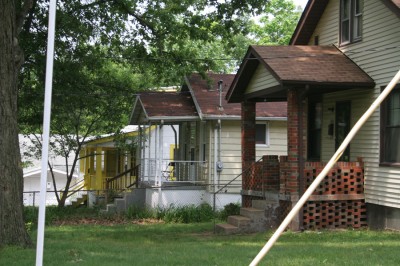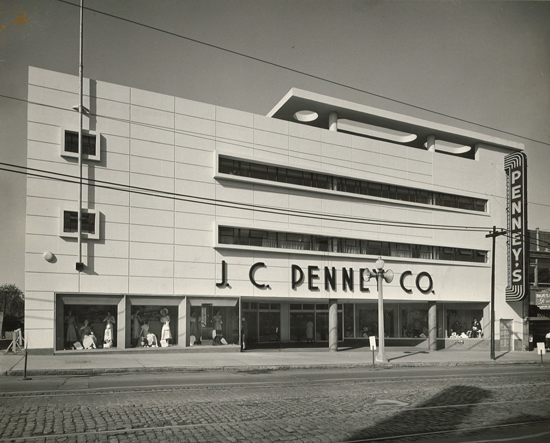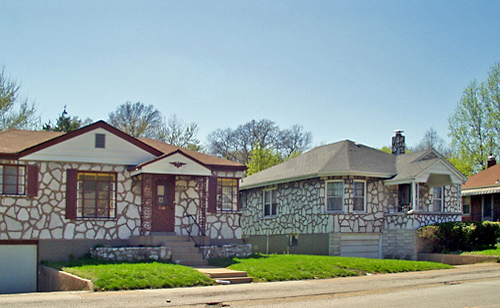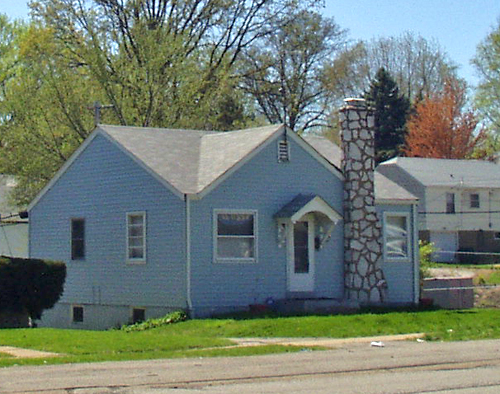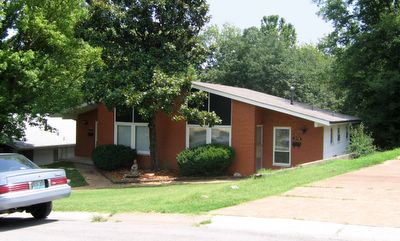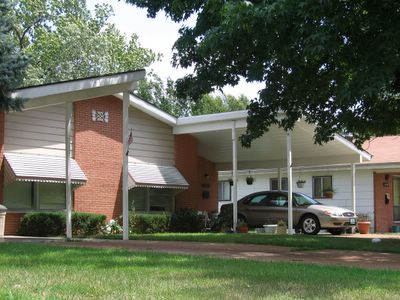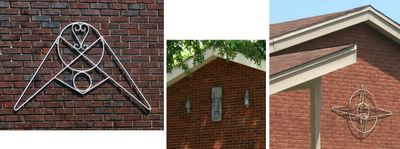I want to extend a warm thank you with a sloppy bear hug to The Riverfront Times‘ judges who voted B.E.L.T. “Best Architecture Blog.” Here’s the kind words they said about this honor, if you scroll down to the last entry on the page.
I’m touched that they referred to me as a storyteller, because it reflects the personal nature of how I cover a building. Architectural academics can turn people off with dense technical talk about the importance of a building. But if you talk from the perspective of how architecture shapes and affects us, it’s more compelling. The people who created and used these buildings reveals why they are important.
And it’s that personal angle that has brought me the most pleasure from blogging (it’ll be 8 years this May). Arriving as comments and private emails, I get to hear personal stories and memories that were triggered by coverage of St. Louis buildings, great and small.
For instance, I’m having email conversation with a woman who grew up in a house in Jennings that was an important part of my childhood. She’s filling me in about the 3 houses shown above, and we’re sharing our memories of the middle house. I only know these new things because she read this post, and left a comment.
St. Louisans are supremely sentimental, which is great for blog comments. I still hear new old memories from people about the impact Northland Shopping Center had on their lives. 29 comments and counting. Possibly the most commented entry is about Top of the Towers, and along with recipes, their deeply personal memories are fabulous.
And lots of ex-pats Google Rossino’s Italian Restaurant, and I become the one who breaks the bad news that it no longer exists. But then they share a memory, and it’s alive again, for just a brief moment.
B.E.L.T. readers are a generous lot. They know what I like and feed my addiction. Along with memories, they sometimes send photos. Like David Aldrich, who is doing his own research about architecturally interesting J.C. Penney stores. He runs across this photo of the Wellston J.C. Penney, and sends it to me:
I hear from the children who grew up in homes that were demolished for a McMansion. Or for a brilliant change of pace, I hear from someone who saved a home from teardown.
It’s pretty cool to have the RFT like on B.E.L.T. They were even kind enough to give it Best Local Website in 2010. So thank you, guys. Especially since it’s the very first trophy I’ve ever earned!
But it’s the people who’ve been reading and sharing for all these years that make it a truly worthwhile pursuit. You have turned what is obsessively personal geekery into something that has historical merit. And that so many of you care so much about these buildings feels like a warm group hug. I am deeply grateful to all of you for taking the time to read along.


